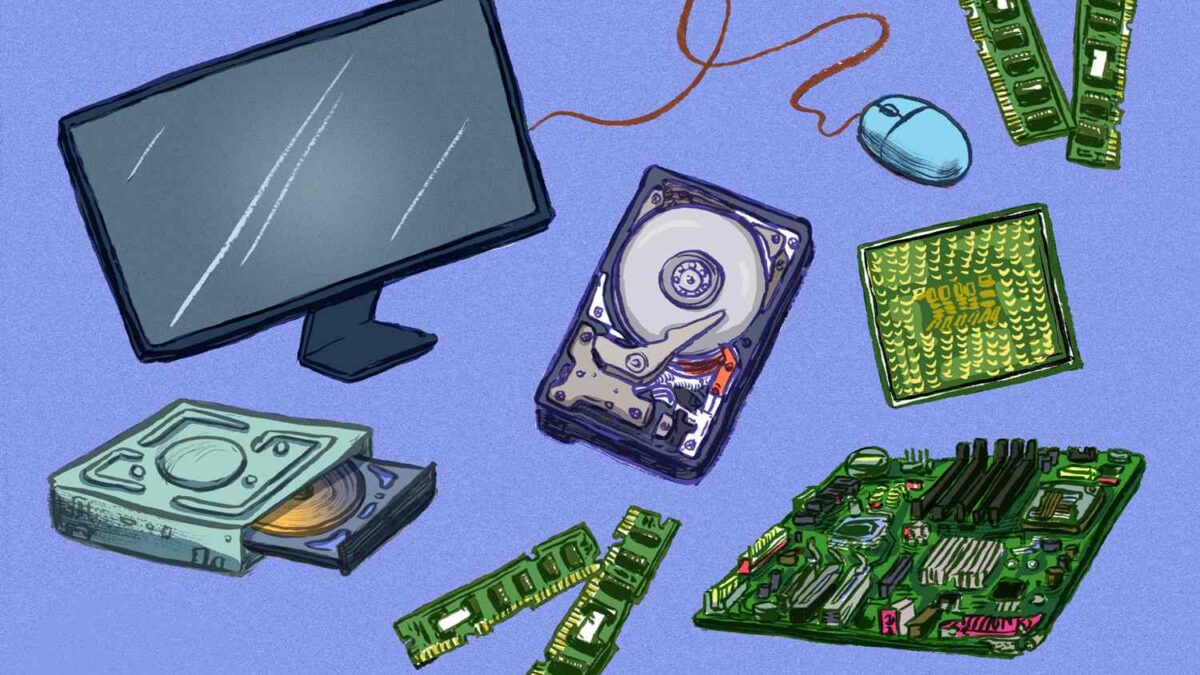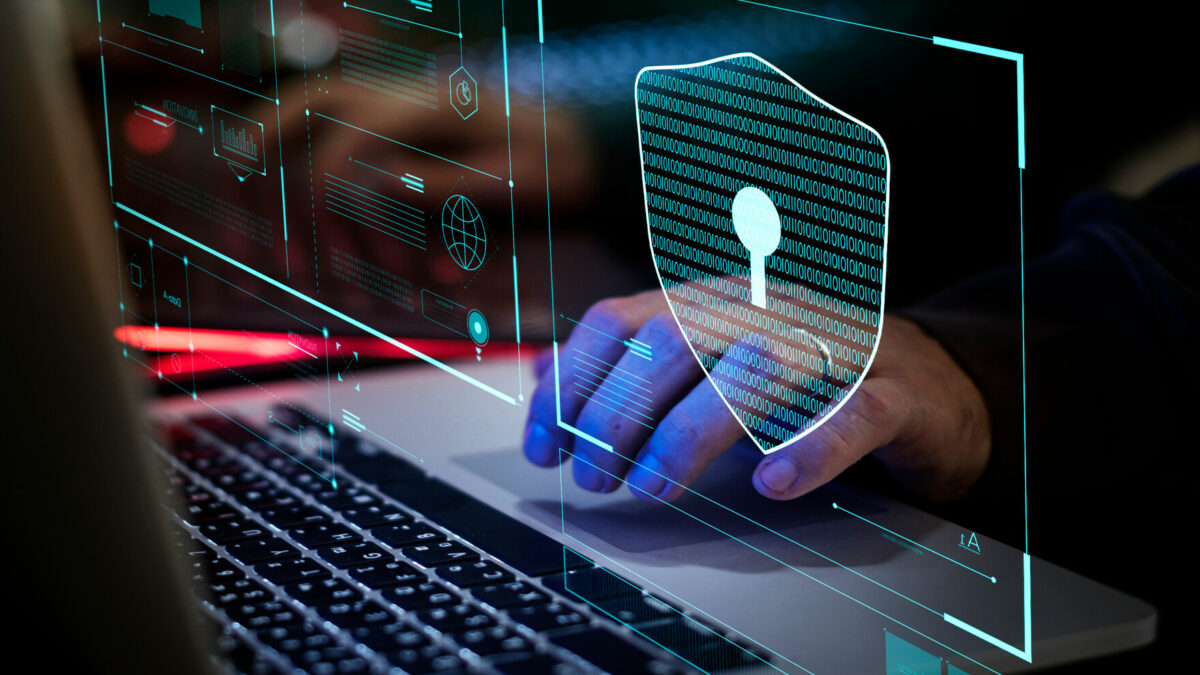
Cybercrime is a broad term that encompasses any crime that is committed using a computer or the internet. It can involve anything from hacking into a computer system to stealing personal information to spreading malware. Cybercrime is a growing problem, and it is becoming increasingly sophisticated.
There are many different types of cybercrime, but some of the most common include:
- Hacking: Hacking is the unauthorized access to a computer system or network. Hackers can use this access to steal data, install malware, or disrupt operations.
- Phishing: Phishing is a type of social engineering attack in which criminals send emails or text messages that appear to be from a legitimate source, such as a bank or credit card company. The emails or text messages often contain a link that, when clicked, takes the victim to a fake website that looks like the real website. Once the victim enters their personal information on the fake website, the criminals can steal it.
- Malware: Malware is software that is designed to harm a computer system or network. Malware can be installed on a computer through a variety of ways, such as clicking on a malicious link, opening an infected attachment, or downloading a file from an untrusted source. Once malware is installed on a computer, it can steal data, install other malware, or disrupt operations.
- Cyberstalking: Cyberstalking is the use of electronic communications to harass, threaten, or intimidate another person. Cyberstalkers may use email, text messages, social media, or other online tools to track their victims, post embarrassing or harmful information about them, or threaten them with violence.
- Identity theft: Identity theft is the crime of stealing someone’s personal information, such as their name, Social Security number, or credit card number. Criminals can use this information to open new accounts, make purchases, or commit other crimes in the victim’s name.
Cybercrime can have a devastating impact on individuals, businesses, and governments. Victims of cybercrime may lose money, have their personal information stolen, or have their computer systems or networks damaged. Businesses may lose customers, suffer financial losses, or have their reputations damaged. Governments may be unable to provide essential services or protect their citizens from harm.
There are a number of things that individuals, businesses, and governments can do to protect themselves from cybercrime. These include:
- Use strong passwords and keep them confidential.
- Be careful about what information you share online.
- Be suspicious of emails or text messages from unknown senders.
- Only download files from trusted sources.
- Keep your software up to date.
- Use a firewall and antivirus software.
- Back up your data regularly.
Cybercrime is a serious problem, but it is one that can be prevented. By taking steps to protect yourself, you can help to keep your personal information safe and your computer systems or networks secure.
In addition to the above, there are a number of government agencies that are working to combat cybercrime. These include the FBI, the Department of Homeland Security, and the National Cyber Security Alliance. These agencies offer a variety of resources to help individuals, businesses, and governments protect themselves from cybercrime.
If you think you have been a victim of cybercrime, there are a number of things you can do. First, you should report the crime to the appropriate authorities. You should also take steps to protect yourself, such as changing your passwords and monitoring your credit report. In some cases, you may be able to recover your losses.
Cybercrime is a growing problem, but it is one that can be prevented. By taking steps to protect yourself, you can help to keep your personal information safe and your computer systems or networks secure.




